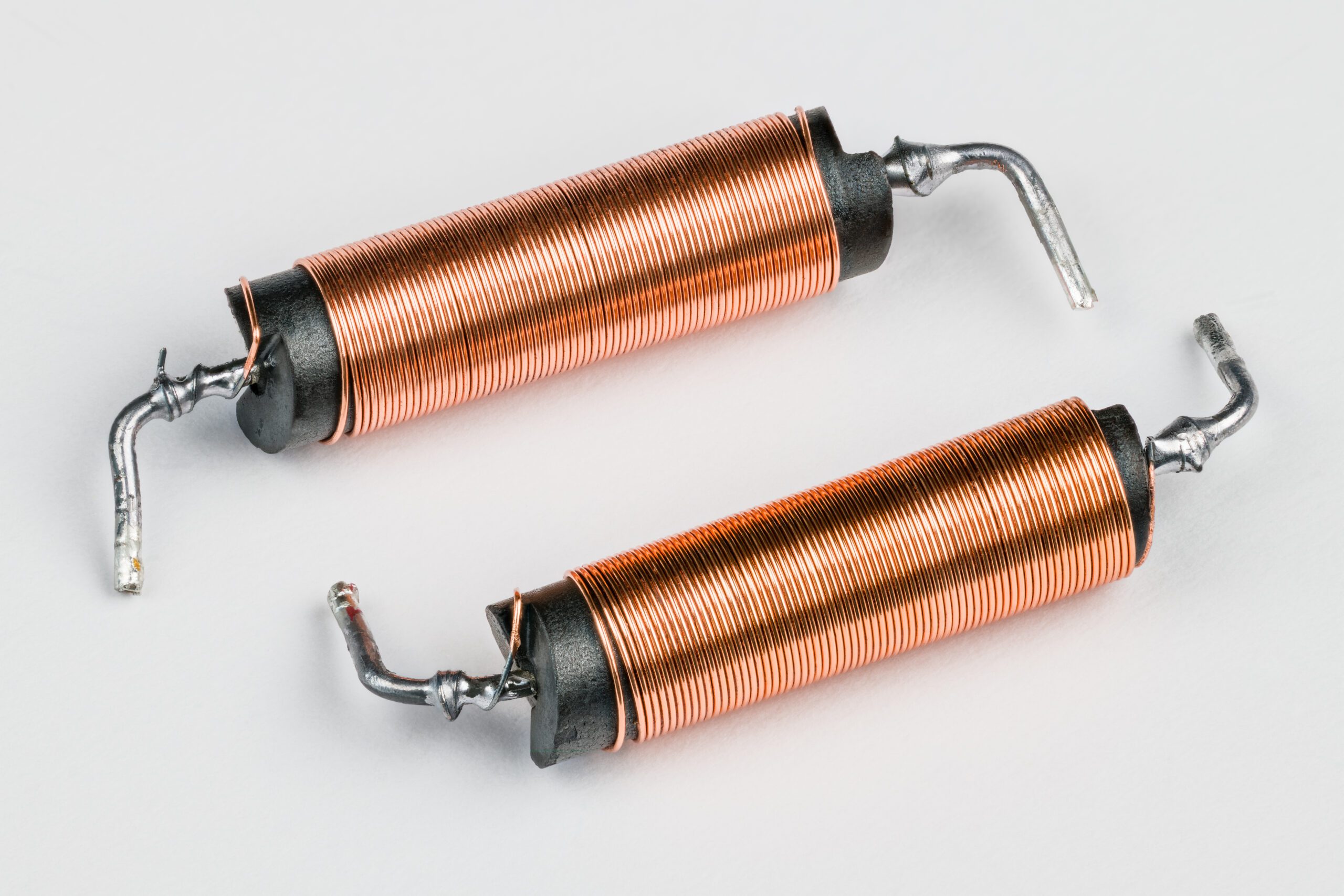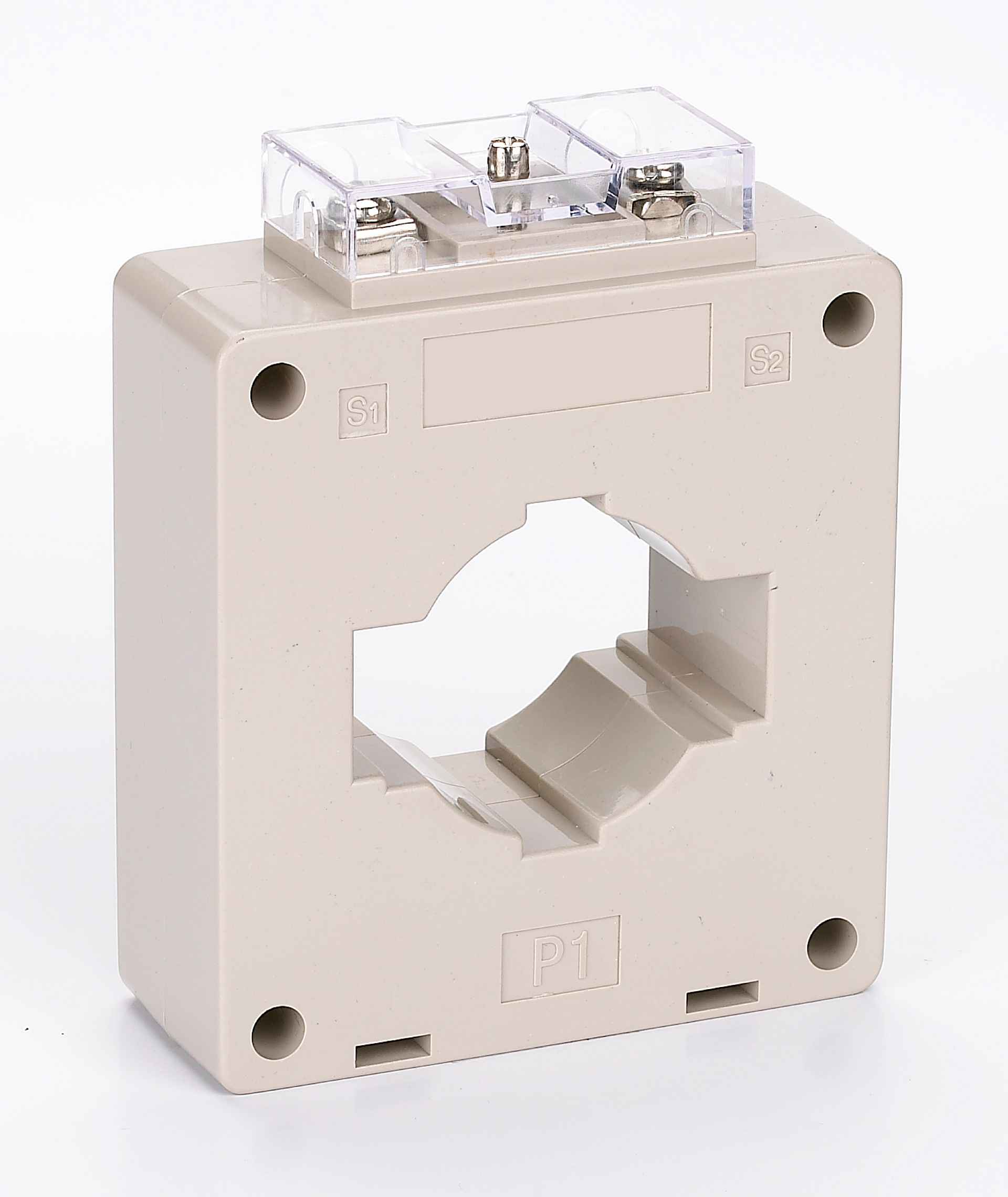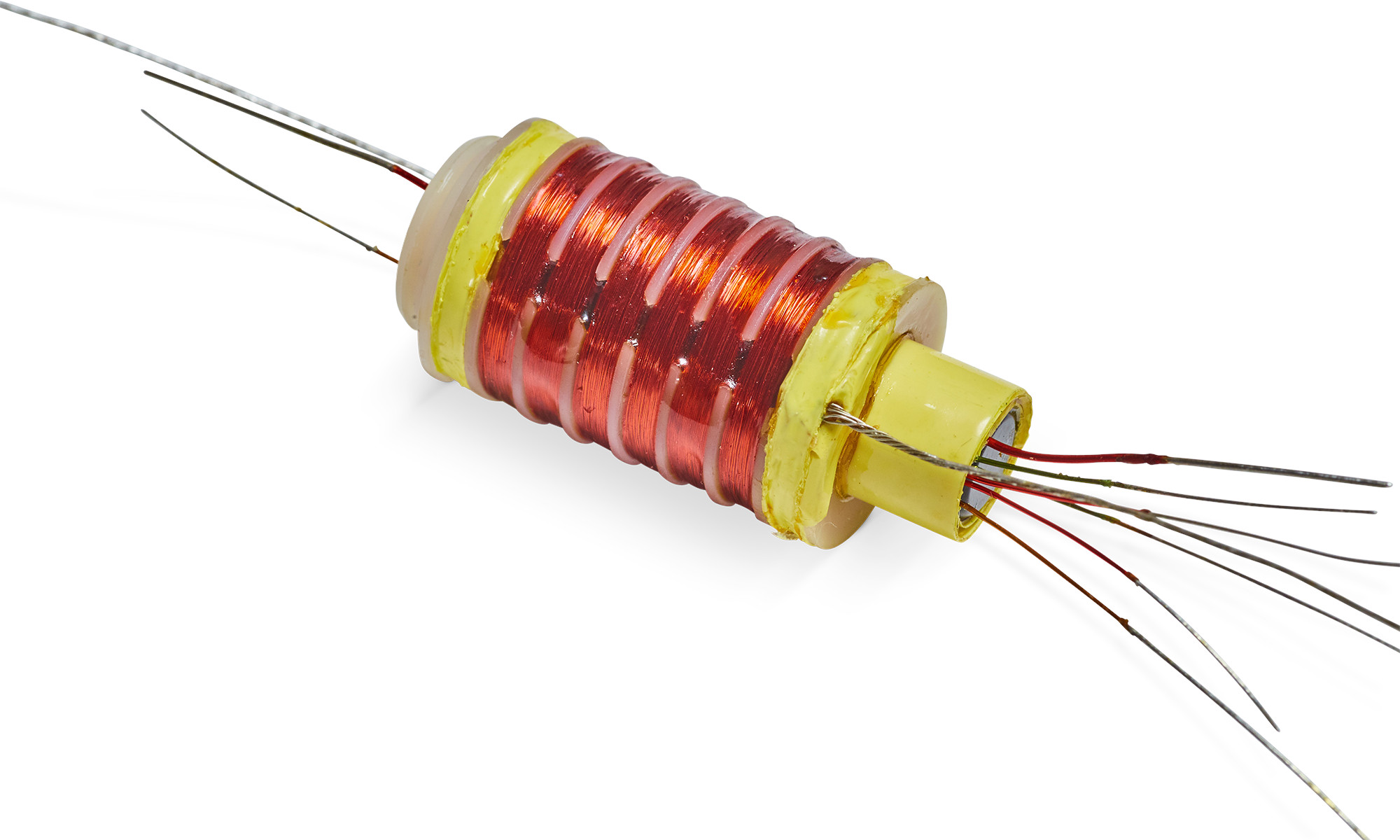Choke coils (chokes) are essential components in electrical and electronic systems. They offer critical functions such as noise filtering, stabilizing current, and protecting sensitive circuits from electromagnetic interference (EMI). Selecting the right choke ensures system efficiency, performance, and compliance with stringent noise-reduction standards.
In this blog, we explore the types of chokes, their applications, and the key factors to consider when choosing the best option for your application.
Understanding Chokes
Chokes are specialized inductors designed to block (filter out) unwanted alternating current (AC) signals while allowing desired direct current (DC) or lower-frequency signals to pass. By resisting changes in current flow, chokes help stabilize circuits, filter noise, and ensure long-term reliability.
Key Functions of Chokes:
- Suppressing high-frequency noise, including common-mode (CM) noise.
- Stabilizing voltage and current in power supplies.
- Filtering signals in audio and radio frequency systems.
- Protecting components from power surges and EMI.
- Supporting efficient energy transfer.
Types of Chokes
1. Audio Frequency Chokes (AF Chokes)
- Purpose: Block audio and power line frequencies while allowing DC current to pass.
- Design: Often use ferromagnetic cores to increase inductance.
- Applications: Audio amplifiers, power supplies for audio equipment, and signal processing devices.
2. Radio Frequency Chokes (RF Chokes)
- Purpose: Block high-frequency signals while allowing DC and lower-frequency signals to pass.
- Design: Utilize air cores or ferrite cores and universal winding (basket winding) to minimize proximity effects and self-capacitance.
- Applications: Antennas, RF amplifiers, and oscillators.
3. Common-Mode Chokes (CM Chokes)
Common-mode noise, especially in systems like buck converters, can radiate from switch nodes and interfere with sensitive applications, such as those operating in the FM band. A properly selected CM choke can provide significant noise rejection, even at frequencies in the hundreds of megahertz.
- Purpose: Suppress common-mode noise caused by EMI without impacting differential signals.
- Design: Paired inductors wound on a shared ferrite core for high permeability and efficient noise suppression.
- Applications: Switch-mode power supplies, automotive systems, and industrial equipment.
Factors to Consider When Choosing a Choke Coil
1. Inductance
- Determines how effectively a choke blocks unwanted signals.
- Higher inductance is achieved by increasing the number of turns and using high-permeability core materials.
- Ensure the inductance matches your application’s specific filtering requirements.
2. Current Rating
Current Rating specifies the maximum current the choke can handle without overheating or saturating the core.
- Consider ambient operating temperature, peak current levels, and heat dissipation.
- Larger choke coils typically handle higher currents with reduced thermal stress.
3. Core Material
The choice of core material affects inductance, losses, and overall performance. Evaluate the material’s saturation limits and thermal stability to match your application.
- Ferrite Cores: Ideal for high-frequency noise suppression.
- Iron Powder Cores: Suitable for moderate-frequency DC filtering.
- Silicon Steel: Best for low-frequency circuits requiring high permeability.
4. Common-Mode Noise Filtering
- When dealing with CM noise in sensitive systems, evaluate the impedance-versus-frequency plot of the choke.
- CM chokes with a high impedance at the target frequency range offer better noise suppression, ensuring compliance with EMI standards.
5. Physical Dimensions and Mounting
- The choke must fit within the physical constraints of your system.
- Consider mechanical stability and ease of integration into your design.
Practical Applications of Chokes
- Power Supplies: Common-mode chokes suppress EMI and ensure stable power delivery in switch-mode power supplies.
- Audio Equipment: Audio frequency chokes filter power line noise and improve sound quality in amplifiers and other audio systems.
- RF Systems: RF chokes block high-frequency interference in antennas, oscillators, and communication devices.
- Industrial Equipment: Chokes minimize harmonic distortion in motor drives and heavy-duty machinery, enhancing energy efficiency and extending the equipment’s operational lifespan.
Why Core Material and Impedance Matter
The choice of core material and the impedance characteristics of a choke are critical to its performance. High-permeability cores like ferrite offer excellent noise suppression at high frequencies but may saturate under high currents. Similarly, impedance-versus-frequency plots provide valuable insights into the choke’s effectiveness at specific frequencies, especially for CM noise suppression in EMI-sensitive designs.
Looking for a Partner in Custom Magnetics?
At Custom Magnetics, Inc., we have decades of experience designing and manufacturing high-performance chokes, inductors, and transformers tailored to unique applications. Whether you need an audio frequency choke for professional sound equipment or a common-mode choke to meet stringent EMI standards, our team delivers precision-engineered solutions to help your systems perform at their best.
Visit our website or contact us today to explore how we can support your next project!



